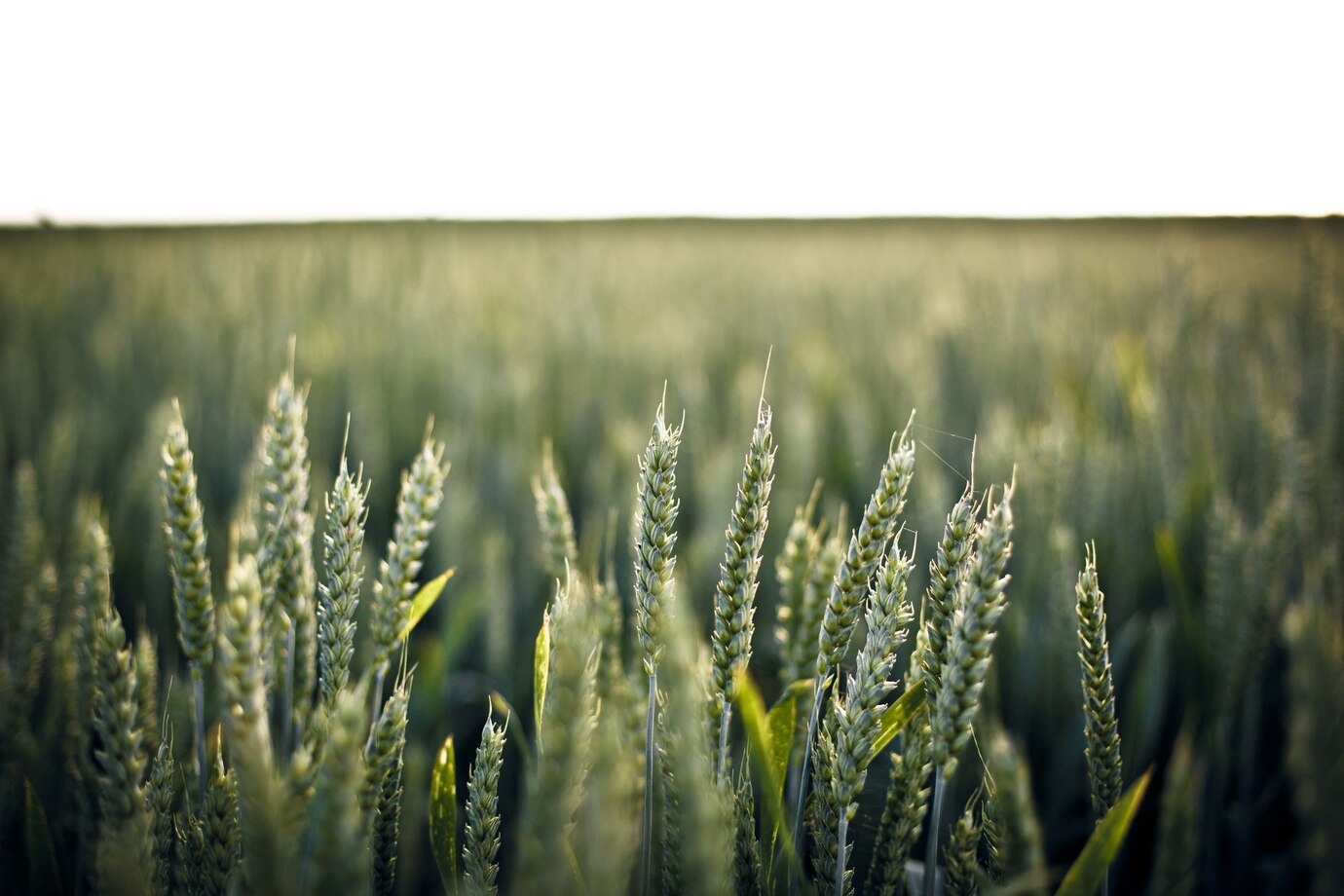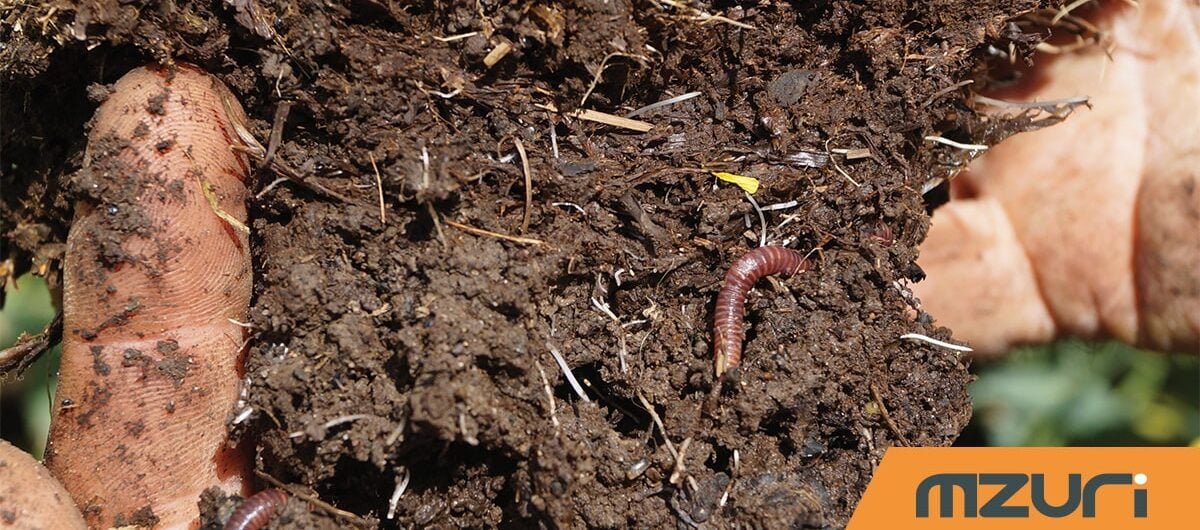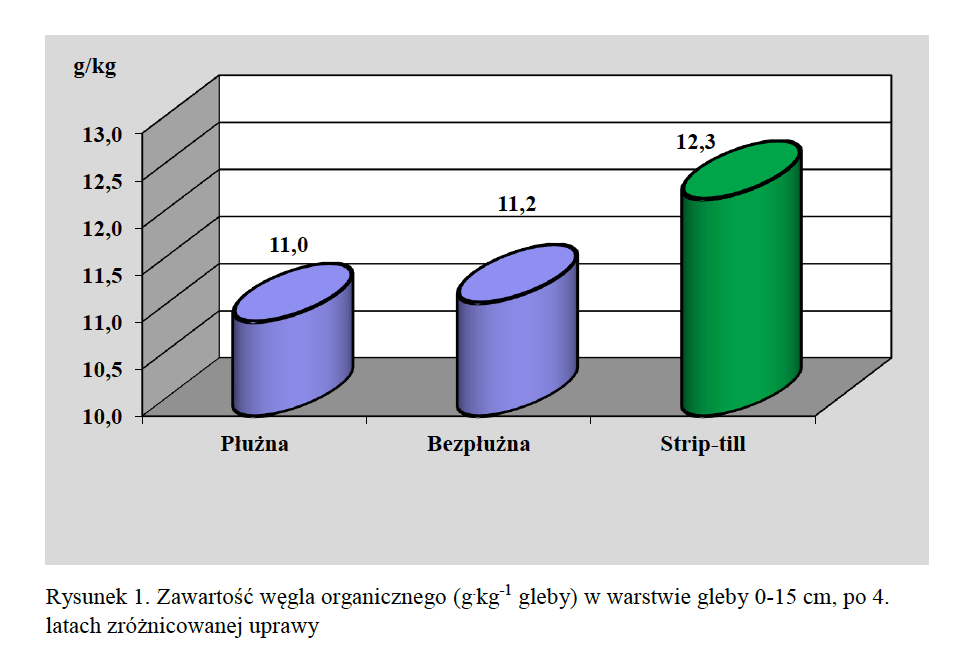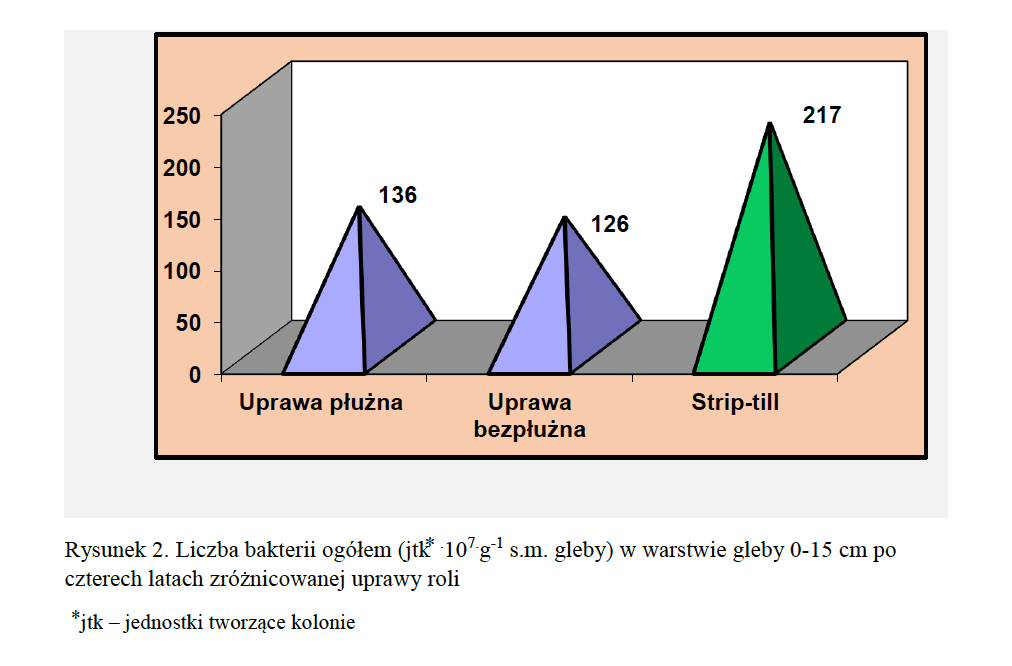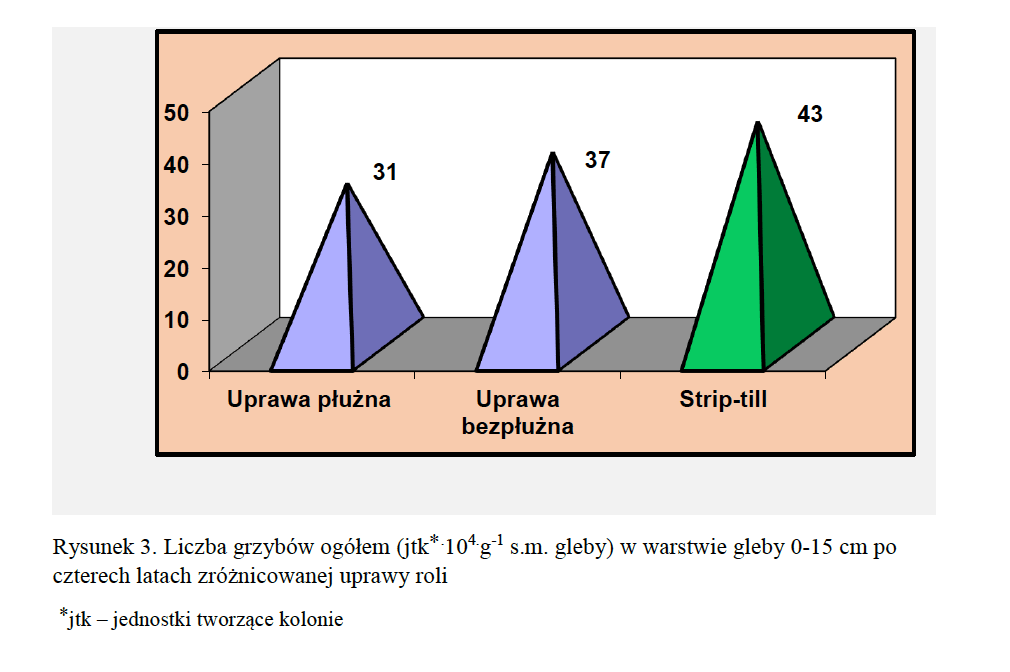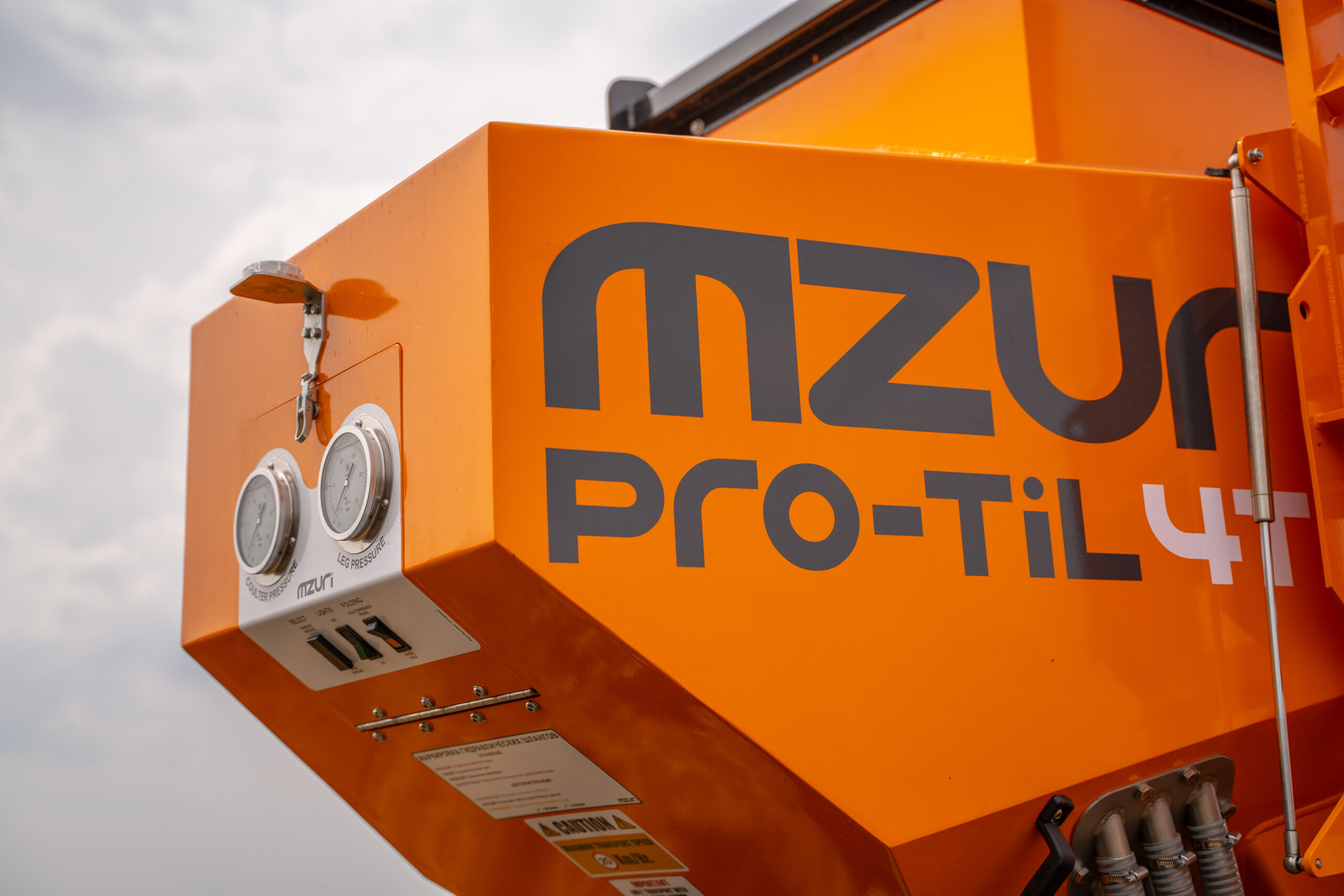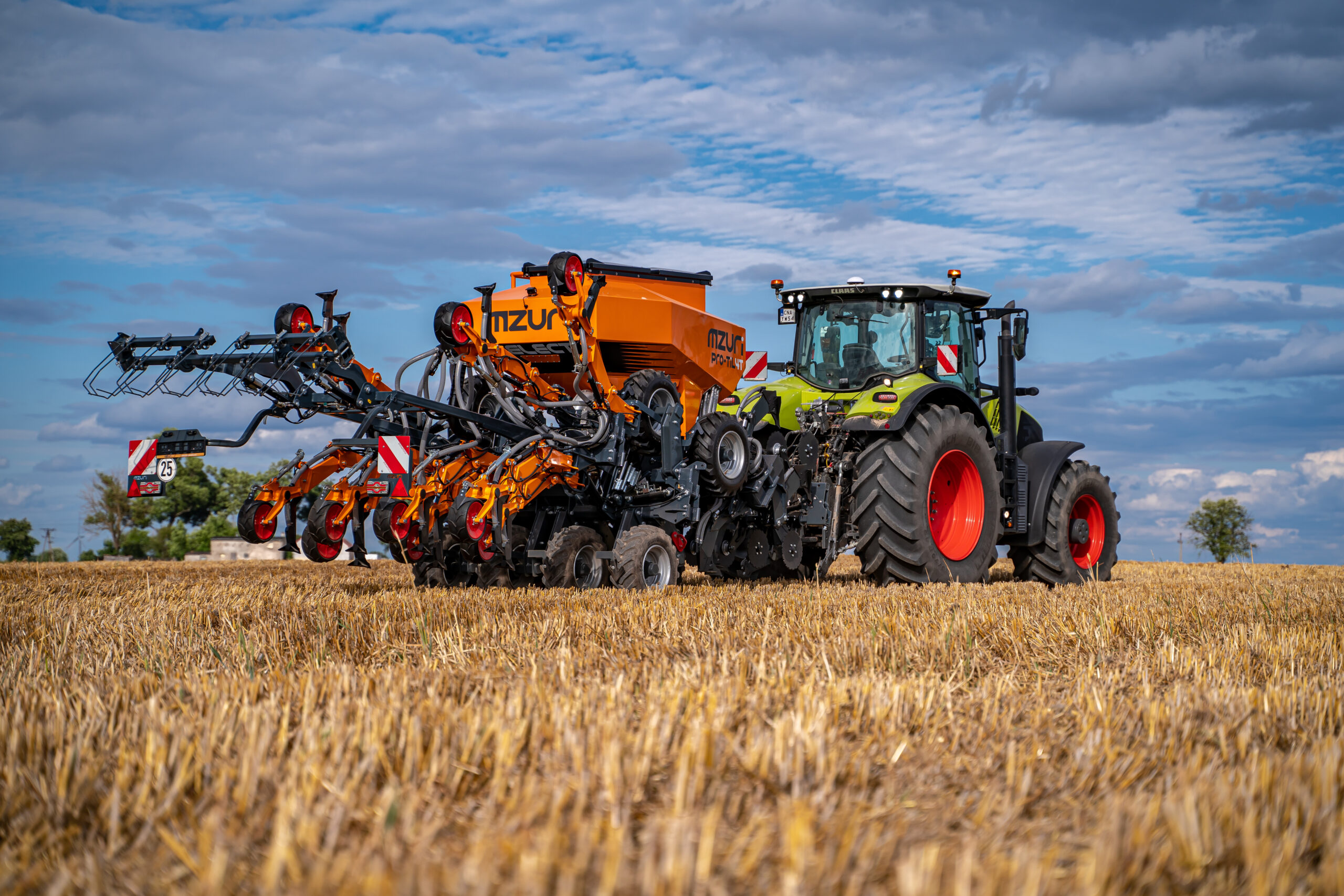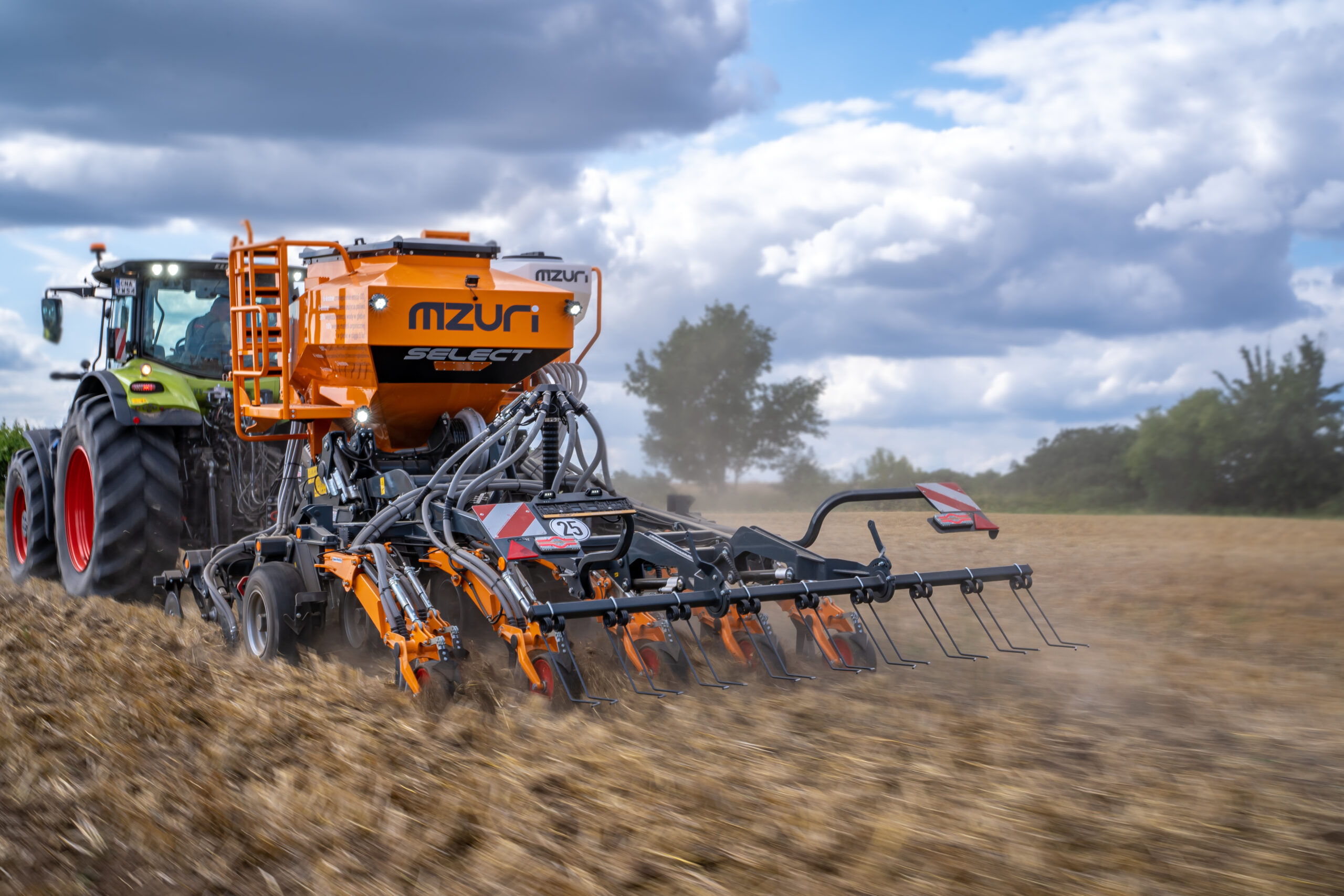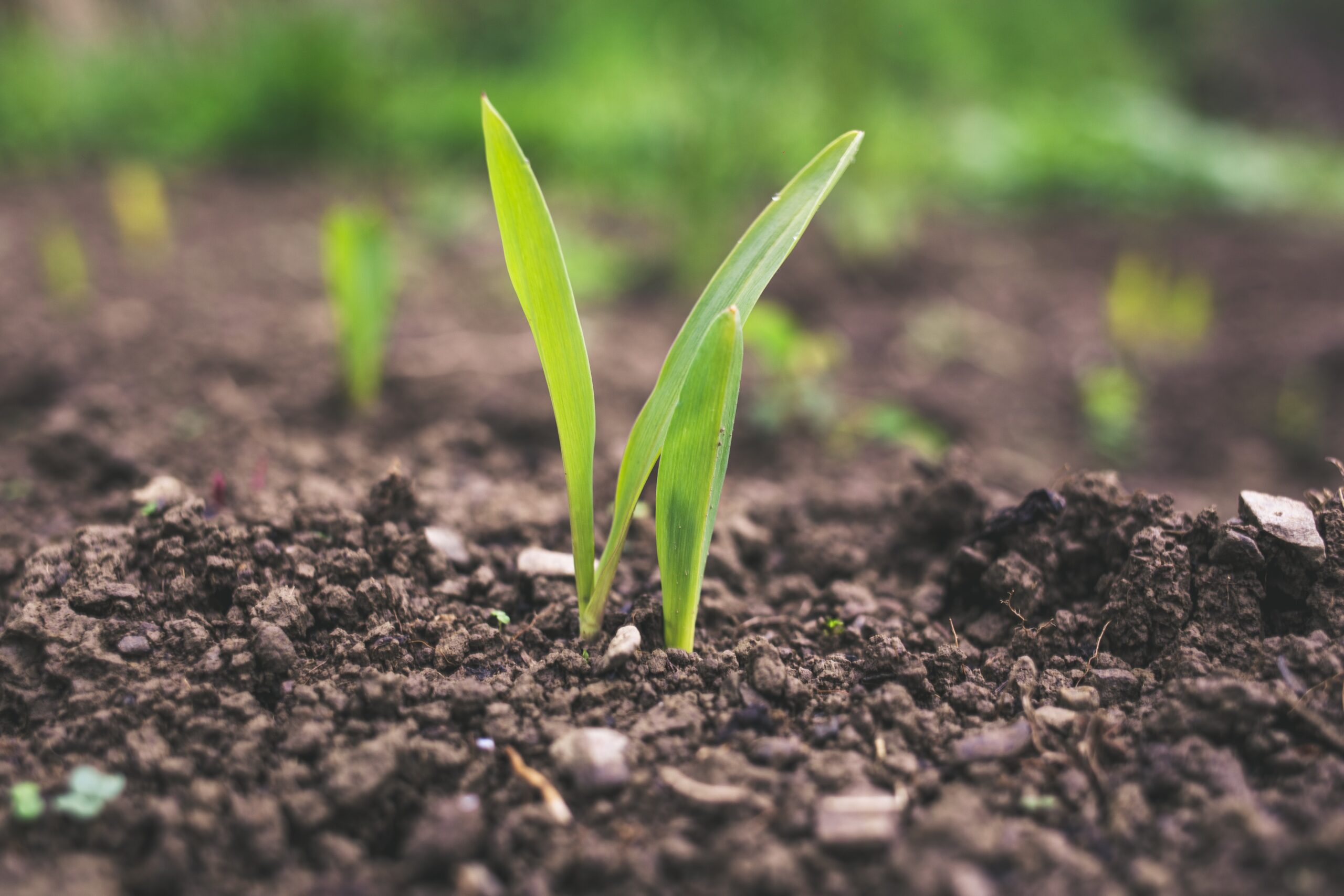According to the popular saying, soil devoid of microbial activity is said to be “dead”. Micro-organisms are essential for the decomposition of organic matter as well as the release, transformation and cycling of nutrients. Thanks to them, biological fixation of atmospheric nitrogen and the processes of nitrification, denitrification and ammonification take place. Phosphorus, potassium and other macro- and micronutrients are released from compounds that are difficult to dissolve. Microorganisms are involved both in the mineralisation of organic matter and in humification, which is the formation of humic substances. The presence of humus, which unfortunately is scarce in our soils, determines the formation of a lasting, permanent lumpy structure. Structural humus soils show high richness, high fertility and prolificity, they retain water well and at the same time are sufficiently aerated, which in turn creates favourable conditions for further activity of the organisms. However, this balance can be easily upset by improper cultivation technology, including tillage.
Frequent and intensive tillage (deep tillage with active tools), especially when the soil is dry, results in burning of humus and breakdown of the lumpy structure aggregates. It is no less disadvantageous to cultivate soil that is too wet. Minimum tillage without turning, on the other hand, encourages plant residues to remain on the surface, which will protect the soil structure from degradation. Limited loosening also reduces mineralisation of soil organic matter. The humus content and soil structure are similarly affected by strip tillage. The “single pass” technology without post-harvest tillage results in more than 50% or even over 75% of plant residue remaining on the soil surface. This soil condition was also found in long-term field trials using the Mzuri implement. The application of this technology for a 4 year period in the same field in winter rape and winter wheat agricultural practices resulted in an increase in the content of organic carbon in the topsoil layer (Fig. 1). Jego zawartość w warstwie gleby 0-15 cm
Its content in the soil layer 0-15 cm was 12.3 g.kg-1 and was over 1.0 g.kg-1 higher than in the soil cultivated with and without ploughing. The organic carbon content in this soil was also higher by 0.9 g.kg-1 than in the arable layer before the experiment.
The high content of organic carbon, including plant residue, as well as favourable air and water conditions in the soil resulting from regular strip tillage (as reported in previous issues of the journal) contributed to an increase in soil biological activity. It is expressed by the presence of more earthworms, bacteria and fungi, and increased activity of soil enzymes. After just three years of using the Mzuri Pro-Til technology, the number of earthworms per square meter of topsoil to a depth of 15 cm was 3.5 times higher (47 worms) than in the soil cultivated with the plough (14 worms).
15 cm była 3,5-krotnie większa (47 sztuk) niż w glebie uprawianej płużnie (14 sztuk). In the fourth year of cultivation, after harvesting winter oilseed rape, the difference was even greater, and nearly 60 earthworms were found in the same soil area. They were earthworms of different sizes (Photo 1), which points to favourable conditions for their reproduction and development.
The beneficial role of earthworms involves decomposing crop residue and making the nutrients they and the soil contain available to plants. This is particularly important on zero plough tilled soils where a large amount of organic material is deposited on the field surface. It is not only broken down by earthworms, but also carried to deeper layers. The effect of the activity of these organisms is numerous cavities in the soil, which are relatively large in diameter. They allow easy water penetration, quick drainage of excess water and good aeration. The soil becomes more porous, and less compacted and compressed. Favourable physical conditions for plant root growth are created. The effects of earthworms are similar to intensive mechanical soil tillage, but without the risk of negative effects on soil moisture and structure. In fact, soil passing through the earthworm’s digestive tract and being excreted promotes the aggregation of soil particles and the formation of a permanent lumpy structure. Such soil is also very rich in nutrients and other elements favourable for the development of microorganisms, bacteria and fungi.
A field experiment quoted many times in the presented series of papers on the influence of the “single pass” technology with the use of the Mzuri Pro-Til implement on soil properties confirms the favourable influence of strip tillage on the occurrence of microorganisms in soil and their high activity. After four years of using strip-till technology in the agricultural practices of winter forms of rape and wheat in a field, the total number of bacteria was by about 80 units higher than after conventional plough tillage, and by more than 90 units higher than in the soil regularly tilled without ploughing (Fig. 2). Pod wpływem uprawy pasowej
The influence of strip tillage therefore meant that the bacterial count increased by approximately 60 to 70%. Similar changes occurred in the population of fungi found in soil. During this period, their number increased by 6.0 units compared to the soil tilled without ploughing, and by 12.0 units compared to the soil tilled with ploughing (Figure 3). The number of fungi under the influence of strip-tillage with simultaneous application of fertilisers and seed drilling of winter crops with the use of Mzuri Pro-Til implement increased relatively, after 4 years, by about 20-40% compared with the total-area of ploughless and plough tillage. The higher number of microorganisms in the soil also resulted in increased enzymatic activity. The activity of dehydrogenases in the soil after strip tillage was by 10.0% higher than in the soil cultivated without ploughing, and by over 20.0% higher than the activity of these enzymes in the soil ploughed year by year. The activity of other soil enzymes, i.e. phosphatases, was also higher.
Such a beneficial effect of the Mzuri Pro-Til technology on the biological properties of soil is probably due to its essence, and its influence on the water and air conditions, as described in the previous sections. Mechanical interference is limited to a minimum by only one pass of the implement preparing the soil for seed drilling and the deep tillage of no more than one third of the soil space. Stable water, air and thermal conditions of the soil promote the occurrence and activity of both earthworms and microorganisms. These organisms can also thrive due to the abundance of plant residue both in the topsoil and on the soil surface.
The favourable biological properties of the soil, which are largely due to its physical and chemical properties, imply a very good growth and yield of the crop, which we will discuss in the next issue.
